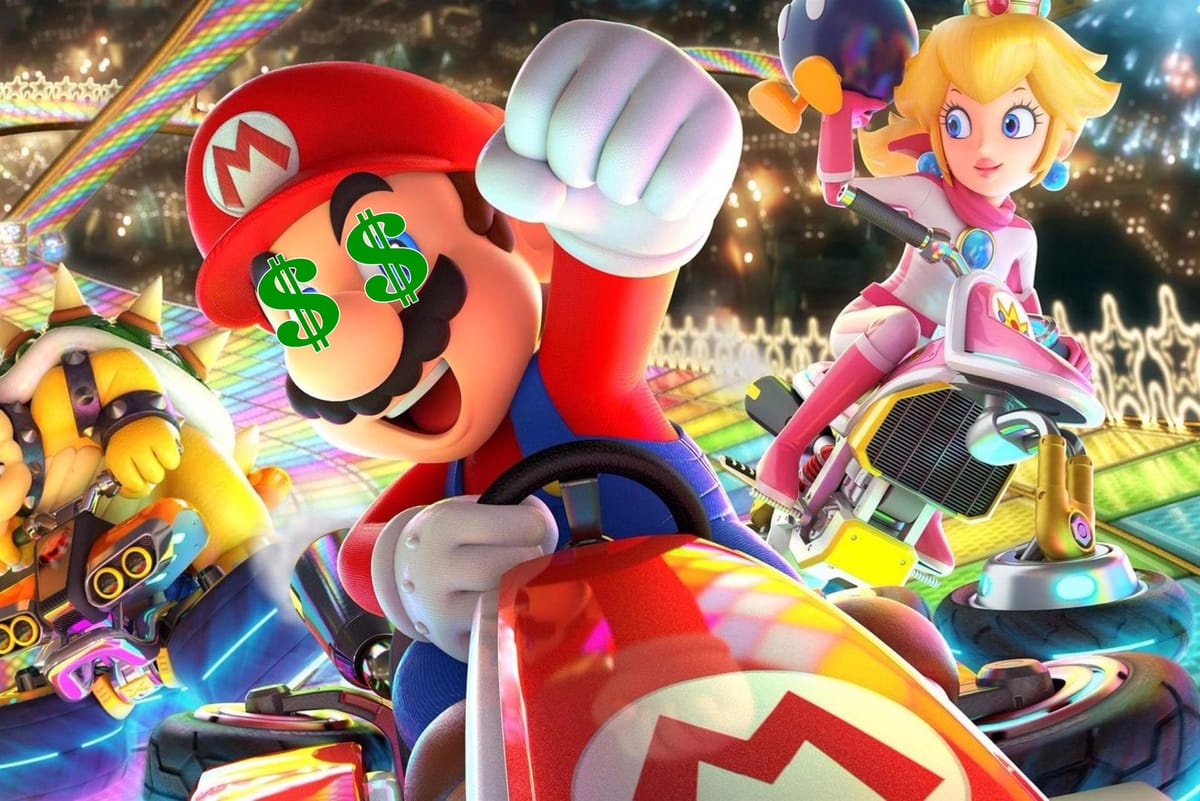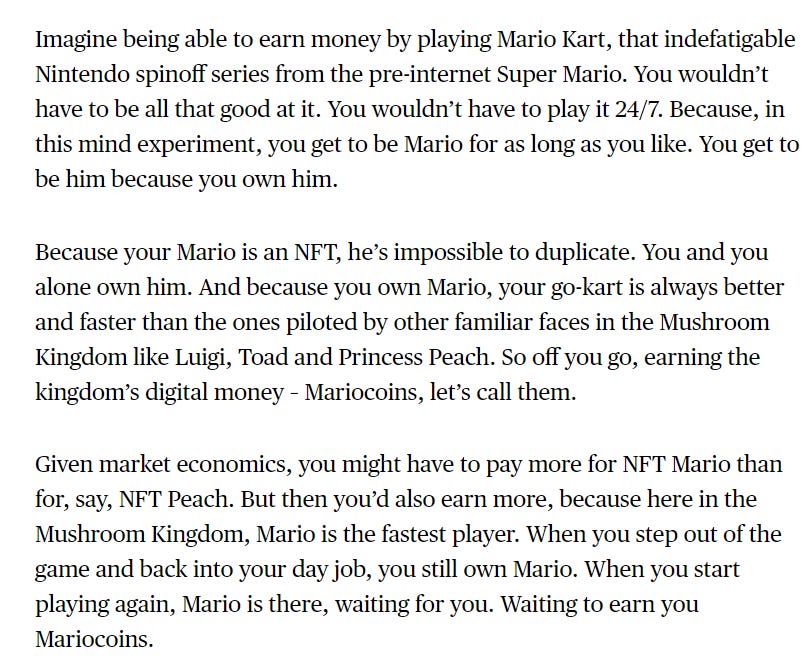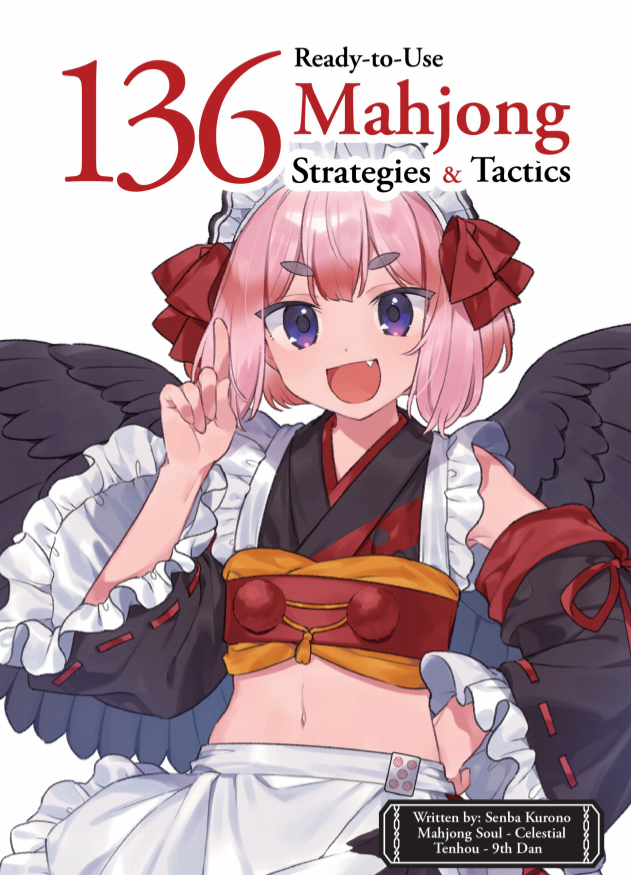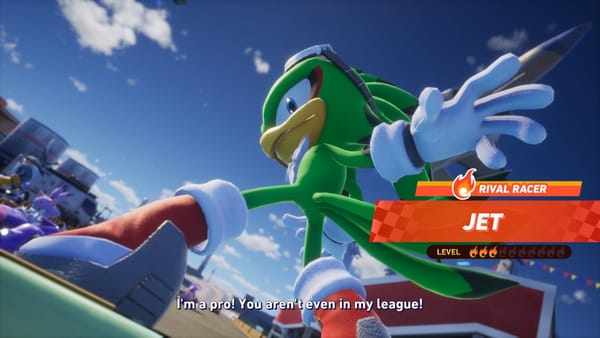The God Mario Example
Interrogating pay-to-earn gaming, pay-to-win gaming, and of course, the NFT scam

My mind keeps returning to this bizarre description from Bloomberg, of a dystopian Mario Kart in which one player is God.

This is a description of an ideal video game as imagined by a person who does not care much about video games, but who does care a whole lot about money and the extraction thereof from suckers. (It is, after all, about a piece from the great NFT scam.) Through its sheer greed and ignorance, the God Mario example keeps calling out to me. I keep thinking of it. So, as a thought exercise— perhaps a thought exorcism-- I wanted to ask gamer questions about it. I want to ask how it would work.
How fast is Mario?
Mario Kart is a top-quality video game, frequently imitated and never surpassed. One doesn’t just slap a game like that together at random. It is through back-breaking labor and exacting design that you and I get to take a happy, breezy ride through Mario’s amusement park fun land. One key to that experience is the speed of the ride.
In this scenario, how fast is our theoretical God Mario compared to others? Is he merely “best in game”, with just a slightly faster max speed than everyone else? If so, it’ll be likely that the owner still loses races to more skilled players. The kind of person who buys into a pay-to-win proposition might not like that.
Or is God Mario “broken”, so many times faster than the other players that he can’t be beaten by an ordinary kart? What does a Mario Kart that fast even look like?
Mario Kart defines its difficulty level by the speed of the kart, because the faster your kart can go, the easier it is for it to go flying off the road and crash into a wall. Thus a faster kart demands a more skillful driver.
The person who pays, say, half a million dollars in Ethereum for our theoretical superior Mario is not necessarily a skilled video game racer; they are paying money to skip the whole matter of fair competition, after all. But in the case of a racing game, what they’re really buying is a faster car than they are probably capable of controlling.
Does the kart zoom directly to the finish line, ignoring the course entirely and impervious to barriers? This is less pay-to-win and more pay-to-cheat, negating the entire game experience in the first place. So let’s say it doesn’t.
So are we describing a kart that drives itself, and a player who watches an AI steer their car through the course at impossible speeds (like Bullet Bill in a real Mario Kart) while they watch our theoretical “Mario Coin” pour in? I’m describing a really boring game, the kind of thing that’s readily available on mobile, so let’s say no.
Does the owner perhaps employ a skilled racer (a top Mario Kart streamer, perhaps) to play the game for them, as with an actual race car? At this point we’ve just re-constructed MMORPG gold farming, which is not an exciting new way to have fun playing video games, but a common form of sweatshop labor.
Are the race courses designed for this?
A large part of the appeal of Mario Kart is the wide variety of courses on offer, from simple oval race tracks to haunted castles and even a downhill race down Mount Wario. The latest title, Mario Kart 8, offers a wide range of play experiences that are so much fun that people want to enjoy them over and over again. It’s not a coincidence that this particular game has managed to remain a top seller for years: players can’t get enough of it.
What differentiates these race courses from one another? There are the turns themselves, of course: long and short, sharp and easy. Turns are the pleasure of driving itself. And then there are the hazards for which Mario Kart is known: the jumps, the oil slicks in the road, the cows. These gentle challenges, ever-present but easily overcome, are exactly what differentiate the courses and engage us with the game.
Can our God Mario crash into a wall? Does he fly effortlessly over oil slicks? Does he phase through cows and snowmen and airplanes? If God Mario always wins and is perpetually invincible, isn’t the player missing out on a lot of the elements that make Mario Kart so fun to play? Does it even matter if there’s more than one track for God Mario to drive on, except as background scenery? It’s not like this player has to interact or engage with the game, other than to watch a number go up.
Are race courses in this game built for regular players, like Mario Kart 8, or are they built for God Mario’s overwhelming powers? If the latter, does this mean that only God Mario gets to enjoy the game as intended, while paupers are relegated to a compromised austerity video game experience? Why would anybody else want to play a game like this?
What about Mario Kart catch-up?
Here’s another key to the lasting appeal of Mario Kart: its multi-player mode offers the illusion of competition, but it isn’t “fair”. Every Mario Kart veteran knows that the further back you are in the race, the better power-up items the game offers you to catch up with your rivals: invincibility, the hated blue shell that hunts the leader, or the Bullet Bill that zooms the player through the course at a faster speed than is possible in the game. (Wait a second…)
More astute players will also notice something else: a “catch-up” or “rubber-band” mechanism that invisibly speeds losing players along the course faster than winning players. In a real race, a superior driver won’t leave room to catch up to them unless they make a major mistake. In Mario Kart, on the other hand, players are never far from a dramatic pass or multi-kart crash.
Mario Kart offers a casual and largely controlled competition where any player has a legitimate shot at winning the race, and even a high-skilled player has a serious possibility of losing by sheer chance. This is not an coincidence; it is the purpose of the design. That blue shell hit you by luck, but not by accident.
What does a game designed this way— a game that bends its own rules to be more fun for more people— gain from having an invincible king? The answer is nothing. The person who comes up with the concept of God Mario needs a brilliant game like Mario Kart to corrupt for cash. Mario Kart does not need God Mario.
Does this bullshit fit at all with what Mario Kart is about?
Of course not. These questions of mine cannot be answered because the premise itself is nonsense.
And that’s the real reason this has stuck in my head for so long. We’re talking about Mario Kart here. The party game. Beloved by kids and adults, hardcores and casuals alike. It is doing its job just fine. It is even making Nintendo piles of money. But this example proposes destroying Mario Kart, in the endless, foolish, pointless quest for even more money. That’s just sad in and of itself. It’s the human problem.
I’ve written in the past about how pay-to-win and gacha systems are inherently all-corrupting to game design. The “God Mario” example isn’t just corrupting to a game design; it’s so nakedly, openly corrupt that you can’t even build a fun game around it.
The one having the least fun of all would be the player at the top, the unfortunate owner of God Mario. After all, who would want to play with them?



